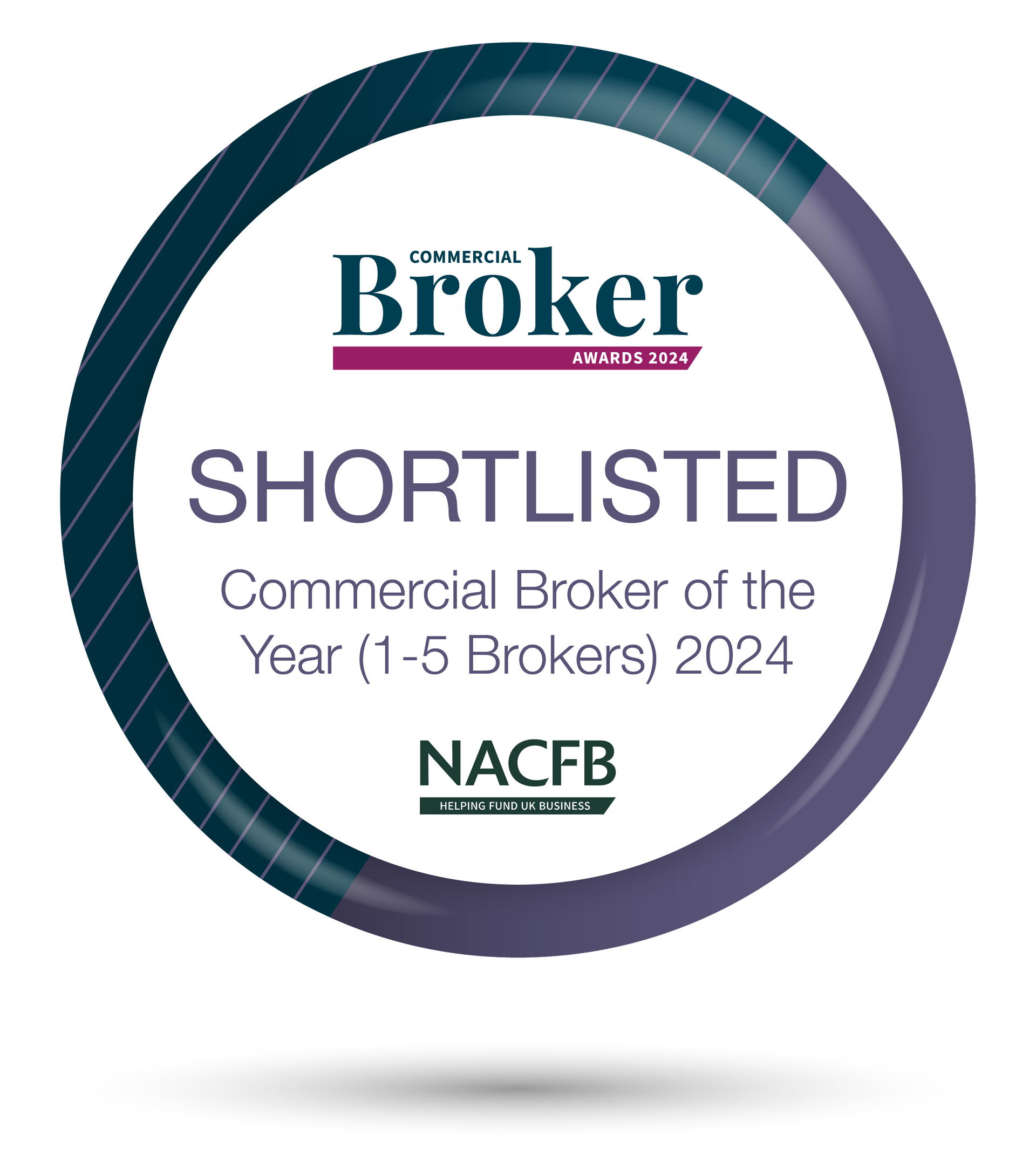
Slide title
Write your caption hereButton
Free Loan Repayment Calculator
If you’re considering raising finance, we’ve designed this specifically for you.
Taking the ‘Busi’ out of Business Finance
Managing a business can be challenging, so why not concentrate on your core strengths while we handle your funding requirements? Our team is here to help.
Business finance doesn’t need to be complicated
With thousands of business fundings options in the market, it can be over whelming. However, generally, a business may wish to seek funding for three primary reasons:
Funding for Assets
Assets encompass physical objects with inherent value. These can vary from offices phones to company cars, or even substantial tower cranes. Funding options exist to facilitate your business purchases.
Funding for Growth
As your business progresses, growth becomes a pivotal phase. You could be investing in new e-commerce strategies, company acquisitions, or simply releasing funds to expand your stock or hire additional staff.
Funding for Futures
Funding for your own future or the futures of your staff. Whether it’s securing your retirement by selling the business or establishing an Employee Ownership Trust to benefit your team.
The Business Finance market
There are thousands of products available in the Business Finance market, however they generally fall into the following categories. Simply expand the list to discover what they are, how they can be used, and any potential considerations to bear in mind:
UNSECURED BUSINESS LOANS
What is it?
An unsecured business loan is a type of financing that does not require collateral, such as property or equipment, to secure the loan. This means that borrowers do not risk losing valuable assets if they are unable to repay the loan. It’s a flexible financial solution that can provide a company with up-front capital without the need for asset security.
How can it be used?
Unsecured business loans can be used for a variety of purposes. They are particularly useful for:
- Working capital: To cover day-to-day operational costs.
- Expansion projects: For businesses looking to grow or scale.
- Equipment purchase: To buy new equipment or upgrade existing ones without the risk of losing them.
- Emergency funds: To address unexpected expenses or cash flow shortages.
Considerations
While unsecured business loans offer flexibility and less risk to assets, there are several factors to consider:
- Alternative security: Whilst physical assets are not taken as security, lenders are likely to request personal guarantees or a company debenture.
- Loan Terms: These loans may come with higher interest rates and shorter loan terms (compared to a commercial mortgage)
- Loan Amounts: The amount you can borrow might be less compared to secured loans, as lenders take on more risk.
Unsecured business loans can be a valuable tool for businesses in need of finance with limited assets to offer as security. However, it’s important to carefully consider the terms and ensure that the loan aligns with your business’s financial capabilities and goals.
COMPANY VEHICLE FINANCE
What is it?
Company Vehicle Finance is a specialised form of Asset Finance specifically aligned with company-owned vehicles. These vehicles serve various purposes, from logistics (such as lorries and vans) to providing company cars for field-based staff and directors.
How Is It Used?
When considering vehicle acquisition, relying solely on company profits for outright purchases may not always be ideal. In such cases, company vehicle finance offers an advantageous alternative. Whether you need reliable fleet vehicles or prestigious cars, this financing option allows you to manage cash flow effectively.
Considerations
- Cash Flow Management: “Cash is King”: Retaining liquid cash is essential to cover unforeseen costs and seize growth opportunities.
- Tax Implications: The costs associated with running a company vehicle could be tax deductible.
- Benefit in Kind (BiK): If the vehicle is also used for private purposes, employees may face a BiK tax charge. The specific charge varies based on the vehicle’s CO2 emissions.
Remember that navigating the tax landscape for company vehicles can be complex. If you’re uncertain, consult with your Accountant to evaluate the best options based on your unique circumstances.
ASSET FINANCE
What is it?
Asset Finance is a financial solution that enables businesses to acquire essential equipment, machinery, or other high-cost items. These assets can include cranes, lorries, industrial equipment, and farm plant machinery. However, any type of asset can be considered for financing, provided it meets the following criteria:
- Durability: The asset must be robust and long-lasting.
- Identifiability: It should be easily identifiable and distinguishable.
- Moveability: The asset must be transportable or movable.
- Saleability: The asset should have resale value.
Assets are categorised as either “hard assets” or “soft assets.” Hard assets are simpler to finance because they are durable and retain value over time. Soft assets, on the other hand, are less durable and tend to depreciate quickly.
How is it Used?
There are two common types of Asset Finance:
1. Hire Purchase (HP):
- In a hire purchase arrangement, the lender purchases the equipment directly from a supplier.
- Upon receiving payment, the supplier ships the equipment to the end customer.
- Similar to buying a domestic car through HP, the customer makes monthly repayments.
- Once the finance is fully repaid, the equipment becomes the legal property of the customer.
2. Finance Leasing:
- In finance leasing, the customer rents the equipment from the finance provider.
- At the end of the agreement, the equipment remains the legal property of the lender.
Considerations:
- Depreciation Risk: Lenders face negative equity during the early stages of the finance agreement. Assets purchased “new” may depreciate almost instantly.
- Lenders carefully assess customer profiles, creditworthiness, and financial commitments.
Asset Finance offers flexibility and tailored solutions for businesses seeking to acquire essential assets without significant upfront costs.
INVOICE FINANCE
What is it?
Invoice Financing is a financial service that enables businesses to access funds quickly by using their outstanding invoices as collateral. This service is designed to enhance cash flow by providing immediate capital without the wait typically associated with invoice settlements, such as the common 30-day payment period.
How can it be used?
Businesses can leverage Invoice Financing by securing up to 95% of their unpaid invoice amounts, injecting this capital back into their operations promptly. There are two primary forms of Invoice Financing:
- Invoice Factoring: In this arrangement, the lender assists with credit control by pursuing the payment on the business’s behalf, which can be discreetly managed as a white-label service.
- Invoice Discounting: Here, the business retains the responsibility of collecting payments on invoices but pays a fee or interest to the lender after receiving the payment.
Considerations
Invoice Financing can be an invaluable tool for businesses looking to accelerate growth, especially when revenue is constrained by unpaid invoices. It offers a flexible solution to maintain cash flow and invest in business development. However, it’s important to consider the type of Invoice Financing that aligns with the business’s operational model and cash flow needs
MANAGEMENT BUY OUTS/IN
What is it?
In a Management Buyout (MBO) the existing management team of a company purchases all or part of that business from its current owners. Essentially, this process empowers management to take control and ownership, driving the company forward.
Conversely, in a Management Buy-In (MBI) external management acquires a controlling stake in a company where they don’t currently work. They become the new management team, bringing fresh perspectives and expertise.
How is it used?
- MBO: The MBO team typically possesses extensive experience within the company. Having worked alongside the current owners, they know the ins and outs of the business. This familiarity ensures a smoother transition and operational continuity.
- MBI: In contrast, the MBI team may lack detailed knowledge of the specific company but compensates with broader sector experience. They can identify synergies, maximize potential, and inject new energy and ideas into the business.
Considerations
Funding for MBOs and MBIs is often categorized into three sections:
- Deferred Consideration: Vendors usually receive part of the purchase price at later dates. This could be based on fixed amounts or a percentage of profits.
- Buyers’ Contribution: Lenders prefer buyers who can contribute a proportion of the purchase costs. This commitment ensures shared responsibility.
- External Financing: Both MBOs and MBIs often require external funding, which may come from High Street Banks, private equity firms, or specialist lenders.
Remember, choosing between MBOs and MBIs depends on your specific circumstances, growth goals, and the dynamics of the company. Each path has its unique advantages and challenges
EMPLOYEE OWNERSHIP TRUSTS
What is it?
An Employee Ownership Trust (EOT) enables business owners to transfer ownership of their company to employees. In this structure, eligible employees indirectly own the business through the trust, becoming co-owners. The exiting owner can remain involved (holding up to 49% of share capital) while rewarding and motivating employees.
How can it be used?
- Equity Transition: EOTs facilitate a smooth transition from owner to employee ownership. Capital contributions from the company fund the EOT, which then purchases a controlling stake from the current owner. Employees benefit from tax advantages and hold shares indirectly.
- Employee Engagement: EOTs enhance employee commitment and engagement. Directors can continue working in the business, receiving competitive remuneration post-sale.
- Business Performance: EOTs may lead to improved business performance and reduced absenteeism.
Considerations
- Funding Mechanism: EOT buy-outs often involve deferred consideration based on future profitability. External finance expedites access to funds for selling shareholders, fast-tracking the EOT transition.
- Tax Relief: Sellers enjoy capital gains tax relief, and original shareholders can retain an interest in the business.
PROFESSIONAL PRACTICE LOANS
What is it?
A Professional Practice Loan is a specialised form of unsecured financing designed for employees within professional practices — such as accountants, solicitors, and dentists — who aspire to buy into their business and assume an equity partnership role. These loans facilitate the transition from employee to partner, allowing individuals to take a stake in the practice.
How can it be used?
- Equity Acquisition: The loan serves as a financial bridge, enabling the borrower to purchase a share of the practice. By acquiring equity, professionals become active partners, sharing in the business’s success and decision-making.
- No Physical Asset Collateral: Unlike secured loans, professional practice loans do not require physical assets (such as property or equipment) as security. This unsecured arrangement simplifies the process for aspiring partners.
- Potential Future Earnings: Owning equity provides the opportunity for increased future earnings. As the practice thrives, so does the value of the partner’s share.
Considerations:
- Lender Appetite: While few funders specialise in this space, those who do offer a viable pathway to achieving the coveted status of a partner.
- Repayment Terms: Due to the unsecured nature of these loans, repayment terms are typically limited to 5-7 years. It’s essential to plan accordingly and assess the impact on your financial stability.
Want to know more?
Navigating the financial landscape of Business Finance can be complex, but with the right guidance, it becomes an opportunity to grow. For a discussion that could shape the future of your business, please get in touch.
BACKGROUND & OBJECTIVES
At the outset, we invest time to fully understand your unique journey and future aspirations. This involves delving into your specific aims, objectives, and financial situation—a critical step in our overall process.
CHALLENGES & SOLUTIONS
Taking a proactive approach, we identify any potential hurdles that could arise. By doing so, we can explore viable solutions to overcome these challenges effectively.
MARKET REVIEW & TERMS
We meticulously compile essential information, which we then present to carefully selected funders. Our goal is to secure favourable terms based on your individual circumstances.
APPLICATION PROCESS AND NEXT STEPS
Confirming the subsequent steps, we guide you through the necessary documentation. Our dedicated team ensures seamless project management from start to finish.

Simplifying your funding, so you can focus on growth and success
“We have also been able to keep financing costs to a minimum using Gareth’s suggestions.”
MARCUS
“Gareth can understand and obtain goals with ease whilst removing any stressful obstacles for his clients .”
DAVID
“His expertise has allowed our business to grow.”
EMILY
“Gareth’s ability to grasp the complexity of the transaction and to offer and provide practical solutions to difficulties that arose was extremely impressive.”
DAVID W
COMMERCIAL BROKER OF THE YEAR 2024
We’re thrilled to share that Eastgate Commercial Finance has been shortlisted for the prestigious NACFB Broker Awards 2024 as ‘Commercial Broker of the Year (1-5 Brokers)’.
Being nominated alongside some of the UK’s finest small and medium firms is truly an honour and a privilege. We’re grateful for this recognition and humbled by the company we keep.
EASTGATE COMMERCIAL FINANCE
© Copyright 2024 Eastgate Commercial Finance Ltd. All Rights Reserved.





